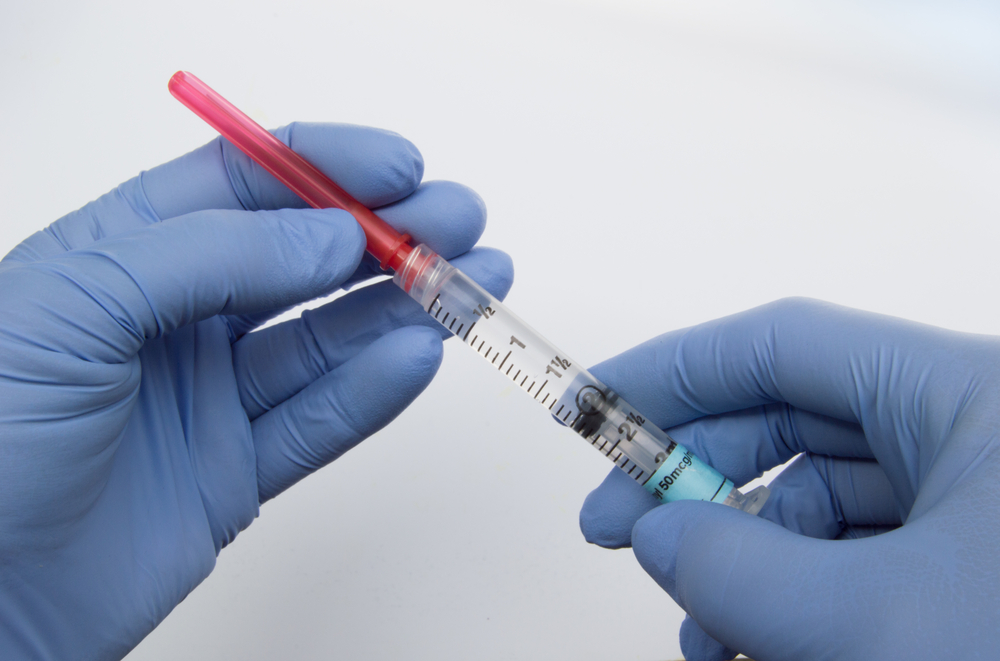
Michael Frunzi, Senior Product Manager at Smiths Detection Inc. (SDI), is set to moderate an upcoming roundtable seminar on the dangers of illicit fentanyl exposure for first responders and how a new series of detectors and identifiers could be used to mitigate the drug’s risks.
“Smiths Detection is committed to providing solutions to help safeguard security personnel and emergency responders against lethal fentanyl exposure,” Neil Sandhoff, vice president of Sales and Marketing at SDI, said. “We provide the technology, education, and resources to help public safety professionals make the best decisions using the most accurate information in the field.”
Frunzi’s seminar will feature presentations on three of SDI’s recently-adapted technologies for emergency response personnel to help detect and identify fentanyl and several of its analogues while minimizing risk for exposure.
SDI’s IONSCAN 600, a scanner currently used in a number of airports and correctional facilities, is used to detect trace amounts of narcotics and explosives that may appear on a person’s skin or their luggage in seconds.
The HazMatID Elite/Target ID technology utilizes infrared handheld chemical identifiers to perform chemical analysis on bulk amounts of solids and liquids, which could be used as court-admissible evidence.
A third device, called ACE-ID, uses laser Raman technology to test bulk quantities of unknown substances without contact, including through plastic and glass.
In addition to the adapted technologies, SDI is also offering access to its 24/7/365 hotline, called ReachBackID, which provides first responders with access to Smiths’ scientists to support field-based analysis of chemicals for a number of illicit substances.
The seminar will be held a total of four times at the upcoming 2017 ASIS International Conference in Dallas, Texas on Sept. 26-28.
Fentanyl is an opioid-based pain medication in the same drug family as OxyContin and Vicodin. If inhaled, exposure to the illicit substance could lead to respiratory arrest, leading to a significant risk for first responders. According to CNN, the drug can be up to 50 times more powerful than heroin and 50 to 100 times more potent than morphine.




